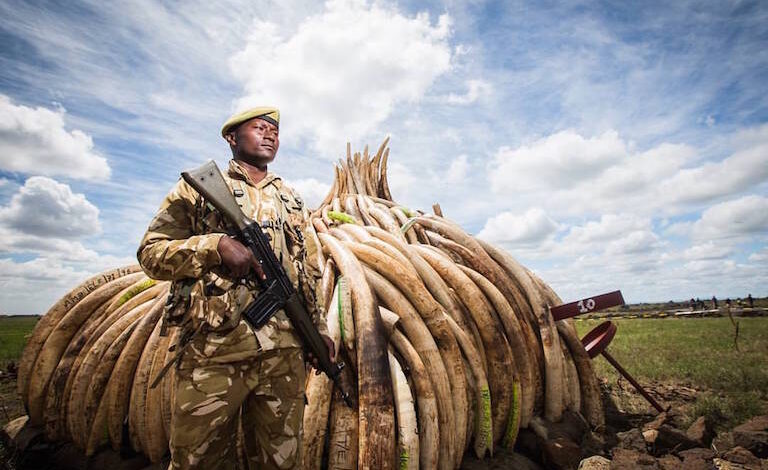The Future of Africa’s Wildlife: Can Anti-Poaching Efforts Keep Up?

Africa’s fight against poaching has made remarkable strides over the past decade. From community rangers patrolling Kenya’s grasslands to drones sweeping the skies above Kruger National Park, technology and cooperation have driven down incidents of elephant and rhino poaching in key regions. Yet as one set of challenges recedes, another looms larger. The future of wildlife in Africa will depend not only on stopping poachers but also on confronting a wider array of threats, from climate change to political turbulence, that could unravel years of hard-won progress.
Climate Change: The Silent Threat
While poaching remains an immediate danger, climate change is steadily altering the ecological balance that supports Africa’s great wildlife reserves. Longer droughts, erratic rainfall, and rising temperatures are transforming once-fertile habitats into arid landscapes. Species that depend on predictable water sources — elephants, buffalo, even predators like lions — are being forced into human settlements in search of food and water. These encounters often end tragically, as farmers defend their crops and livestock.
The anti-poaching challenges of tomorrow may be less about bullets and snares, and more about managing climate-driven human–wildlife conflict. Conservation groups are beginning to pivot, integrating climate resilience into their strategies — building water pans, restoring degraded grasslands, and supporting climate-smart agriculture to reduce pressure on protected areas.
Habitat Loss and Political Instability
Africa’s human population is projected to double by 2050. With it comes urban expansion, agricultural conversion, and infrastructure development that fragment critical habitats. The creation of new roads and railways — while vital for economic growth — often slices through migration corridors that elephants and wildebeest have used for centuries.
Political instability compounds the problem. In regions like the Sahel or eastern Congo, conflict undermines law enforcement and allows armed groups to profit from illegal wildlife trade. National parks become battle zones, and conservation workers are caught in the crossfire. Stability and governance, not just anti-poaching patrols, will be essential for protecting wildlife in the decades ahead.
The Funding Squeeze: NGO Fatigue and Donor Dependence
Conservation funding has plateaued, and many NGOs report donor fatigue. The pandemic years hit tourism revenues hard — a vital source of income for both wildlife reserves and surrounding communities. In countries reliant on safaris, the absence of tourists exposed how fragile conservation financing can be.
Without consistent investment, ranger programs falter, equipment goes unrepaired, and poachers exploit the gaps. Public awareness campaigns have helped, but long-term sustainability requires new models — such as conservation trust funds, carbon credit markets, and benefit-sharing schemes that tie local livelihoods directly to the health of ecosystems.
The conservation outlook is therefore mixed: strong institutional knowledge, but precarious financial foundations.
Innovation and New Partnerships
Amid these pressures, hope emerges through innovation. Private reserves are expanding their reach, often serving as experimental labs for new technologies — from AI-powered camera traps that identify poachers in real time to blockchain systems that trace legal ivory substitutes and wildlife products.
Partnerships with tech firms have been transformative. Satellite tracking, predictive analytics, and acoustic sensors are enabling faster, data-driven responses to threats. Meanwhile, Africa’s youth movements are injecting new energy into conservation. Organisations led by young Africans are reframing wildlife protection as part of a broader sustainability and justice agenda — connecting biodiversity with jobs, education, and national pride.
This generational shift could be the most powerful safeguard yet.
A Cautious Optimism for the Road Ahead
The future of wildlife in Africa is uncertain but not bleak. The continent has already shown that coordinated, science-based action can reverse even dire trends. If current momentum continues — with stronger governance, diversified funding, and deeper community involvement — Africa’s wildlife can endure the next wave of challenges.
But complacency is the enemy. Anti-poaching forces cannot afford to stand still as the threats evolve. The next frontier in conservation will not only be fought on the savannah but in boardrooms, classrooms, and parliaments — wherever decisions about land, climate, and justice are made.
The battle to protect Africa’s wildlife is far from over, but neither is it lost.


